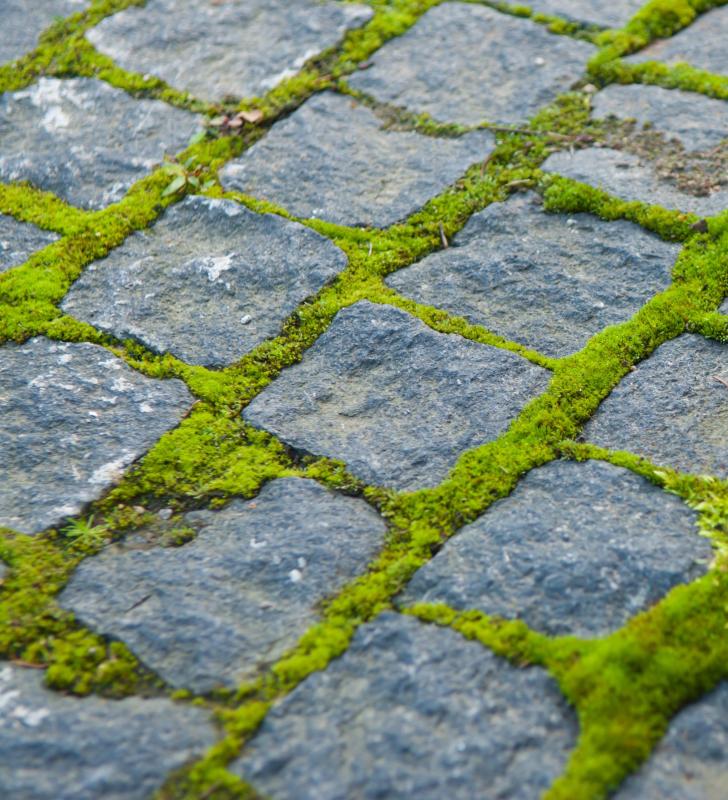At HomeQuestionsAnswered, we're committed to delivering accurate, trustworthy information. Our expert-authored content is rigorously fact-checked and sourced from credible authorities. Discover how we uphold the highest standards in providing you with reliable knowledge.
What are the Best Tips for Making Pavers?
Making pavers can allow you to reduce the cost of a paving project and create custom designs. Although making pavers is a fairly simple task, there are a few tips that can make the project turn out better. Among the best tips include using several molds at once to help speed the process along, and applying a lubricant to the molds will usually facilitate easier paver removal. Using premixed concrete and removing air bubbles from the molds will generally result in stronger, smoother pavers. Smoothing the backs of the pavers with a towel and covering them with plastic while they cure can also help make better quality pavers.
If you are making pavers in large quantities, you will probably need several molds to complete the job in a reasonable amount of time. Concrete must cure for at least one day before it can be removed from the mold, so making large amounts of pavers will require multiple molds. Since rain can dilute the mixture and prevent it from curing properly, it is a good idea to check the weather forecast before beginning this type of project. Choose an area away from direct sunlight to prevent the concrete from hardening too quickly. Applying a thin coat of vegetable oil to the inside of the mold will allow for easier release of the cured paver.

Using premixed concrete can ensure that the pavers are solid and strong. Make sure that the molds are placed on level ground near the work area before mixing the concrete. Use only enough water to make a pourable mixture and have some type of scoop handy to transfer the concrete to the mold without spilling it. If adding pebbles or stones to the concrete, blend them into the dry mixture before any water is added. Coloring should usually be added to the wet mixture before it is poured into the mold.

When making pavers with concrete, it is best to fill the molds to a depth of at least 2 inches (5 cm) for maximum strength. After filling the molds, shake or vibrate them to release any air bubbles trapped at the bottom. If you are making a large quantity of pavers, it may be necessary to use a vibrating table for this task. Remember to smooth the back of the paver with a trowel for a level installation. It may also be a good idea to cover the molds with plastic during the curing process to keep leaves and other debris from sticking to the concrete.
It is best to wait at least one day before removing the pavers from the molds. When removing, gently turn them over onto a soft surface to avoid cracking them. Allow the pavers to cure at least two more days before installing them. A glaze or sealer may be applied either before or after installation. Wait at least 28 days before putting the pavers to use.
AS FEATURED ON:
AS FEATURED ON:












Discussion Comments
I used pre-mixed concrete for my pavers. And they are anything but strong. They are very weak and brittle. I think it has way too much gravel in the mix. I thought it be good enough for small jobs. But instead, it turned it into a big job. I would have been better off buying pavers.
Post your comments